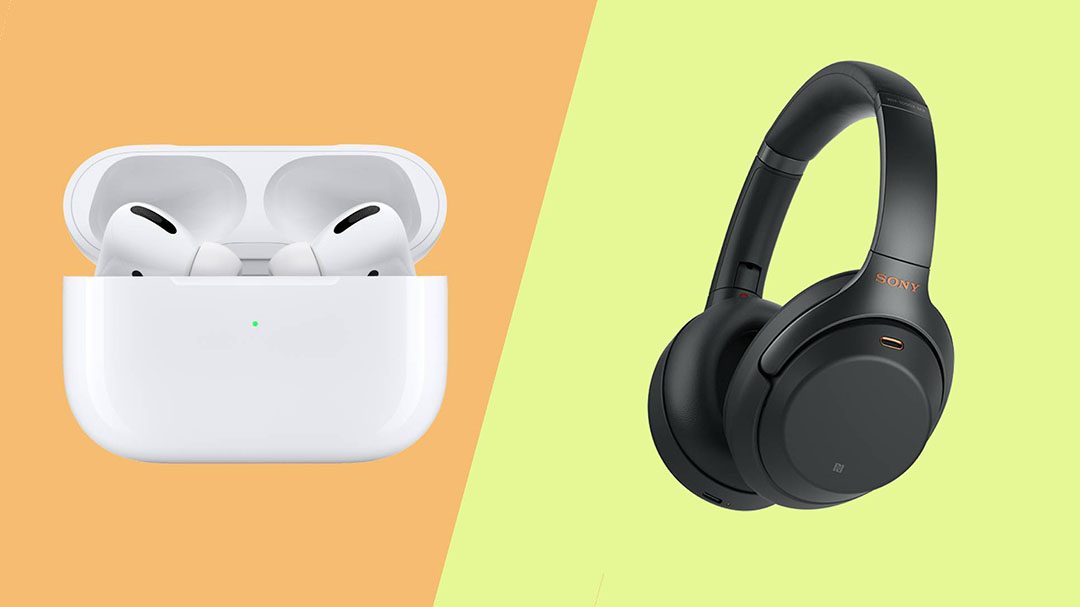Apple released the next installment in their earbud lineup, the AirPod Pro 2nd generation, which became available to eager customers in stores on September 23.
This continues the trend of making music listening exactly what earbud users tout it to be: quick, efficient, portable and attractive.
These are all qualities that make headphones a second-class choice.
To the average and uninformed consumer, earbuds sound like a the obvious choice.
While improvements have been made in earbud quality over the last few years, right now, even the best earbuds on the market don’t compare to headphones when it comes to features.
Traditional headphones far surpass earbuds in just about every statistic. Despite fantastic portability, the importance of sound quality, comfort, physical build and versatility cannot be overlooked.

Sound quality will always come first when we choose how we listen to music. Listeners want music to sound the best it possibly can. This is where earbuds tend to lack due to their design, with their size becoming a true detriment to the sound quality.
Smaller designs, while great for music on the go, means less driver diameter. According to Audio-Technica, a leading brand in both headphones and earbuds, most drivers for earbuds range from 13.5–15.4 mm in diameter, with headphones clocking in somewhere 30–53 mm range. This guarantees a bigger sound.
Headphones by default often provide bass-heavy low-ends and a wider frequency range overall. What does this mean for the listener? It’s simple: higher driver diameter, bigger speaker, better sound quality.
Apart from sound quality, comfort plays a major role in choosing headphones. The listener will have to wear the products on their heads and in their ears, often for long periods of time during listening sessions.
Most headphones on the market today have taken the comfort of the consumer into consideration. Brands such as Bose, Sennheiser and Sony all incorporate soft and cushioned earcups, flexible and adjustable headbands and breathable mesh audio filters for snug listening.
Earbuds, on the other hand, are designed to be jammed into your ear canal like a cotton swab. Not only can this be extremely uncomfortable, but it limits your listening experience to a measly “one size fits all” model.
Additionally, plugging in a pair of earbuds could be hazardous for your health. According to Hearing Heath Foundation, a leading organization for hearing loss prevention in the United States, says that earbuds “can push earwax deeper into the ears, causing blockages that affect your hearing.”
Still not convinced? Let’s talk about just how versatile modern headphones can be.
When consumers pick up a pair of wireless headphones but need to plug them in, the majority will contain audio jack inputs. There are headphones with noise-cancellation, bass effects, pairable apps to control audio levels, Bluetooth connection and even some with voice commands. Simply put, headphones are better suited to a wider customer base than earbuds.
Music is far too important to have the experience ruined by subpar earbuds. Headphones dominate earbuds in terms of sound quality, comfort and versatility. This makes them the obvious choice for all of your audio needs.
It’s time for earbuds to fade back into obscurity and for headphones to reclaim the throne they once held.




